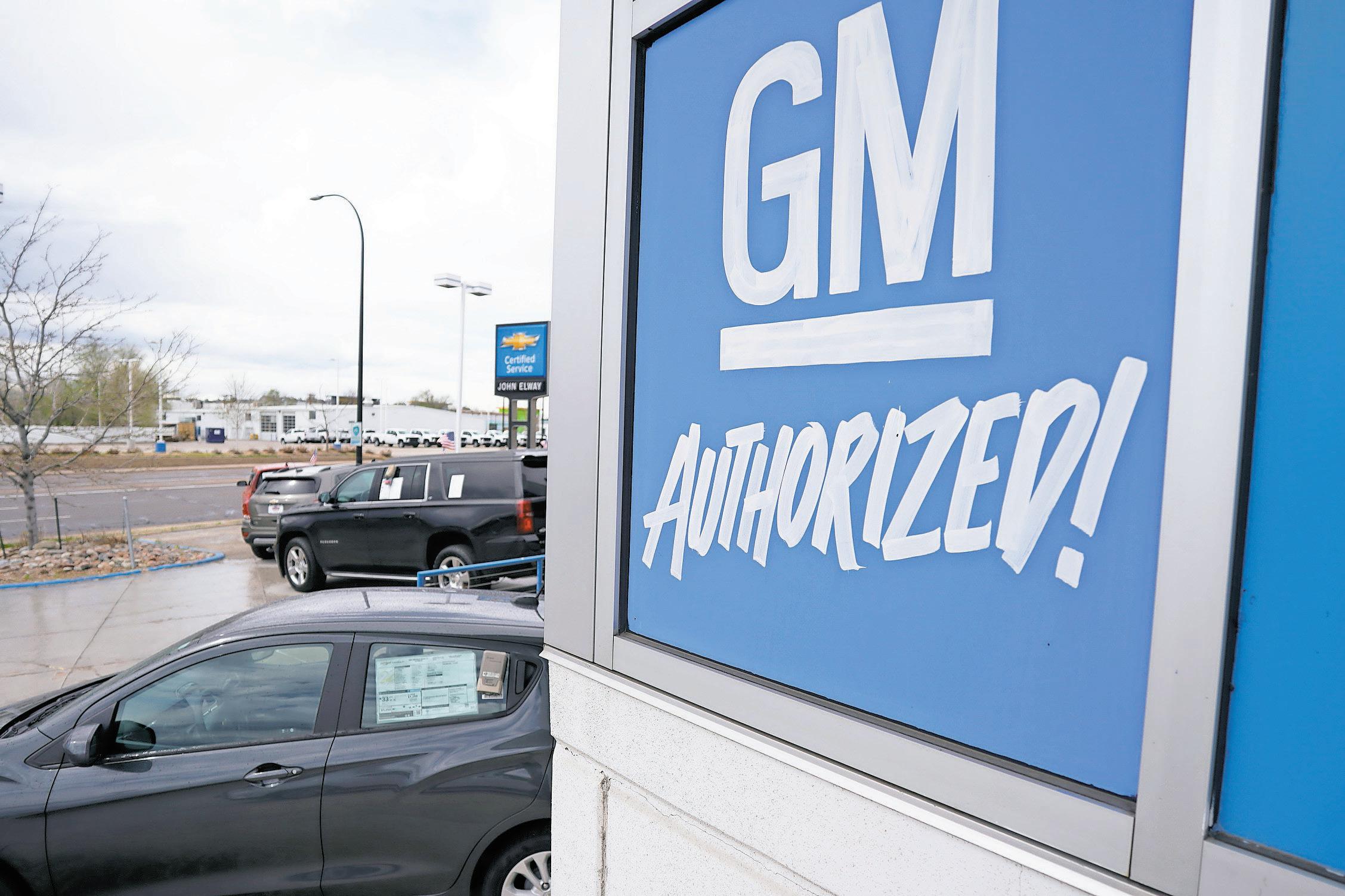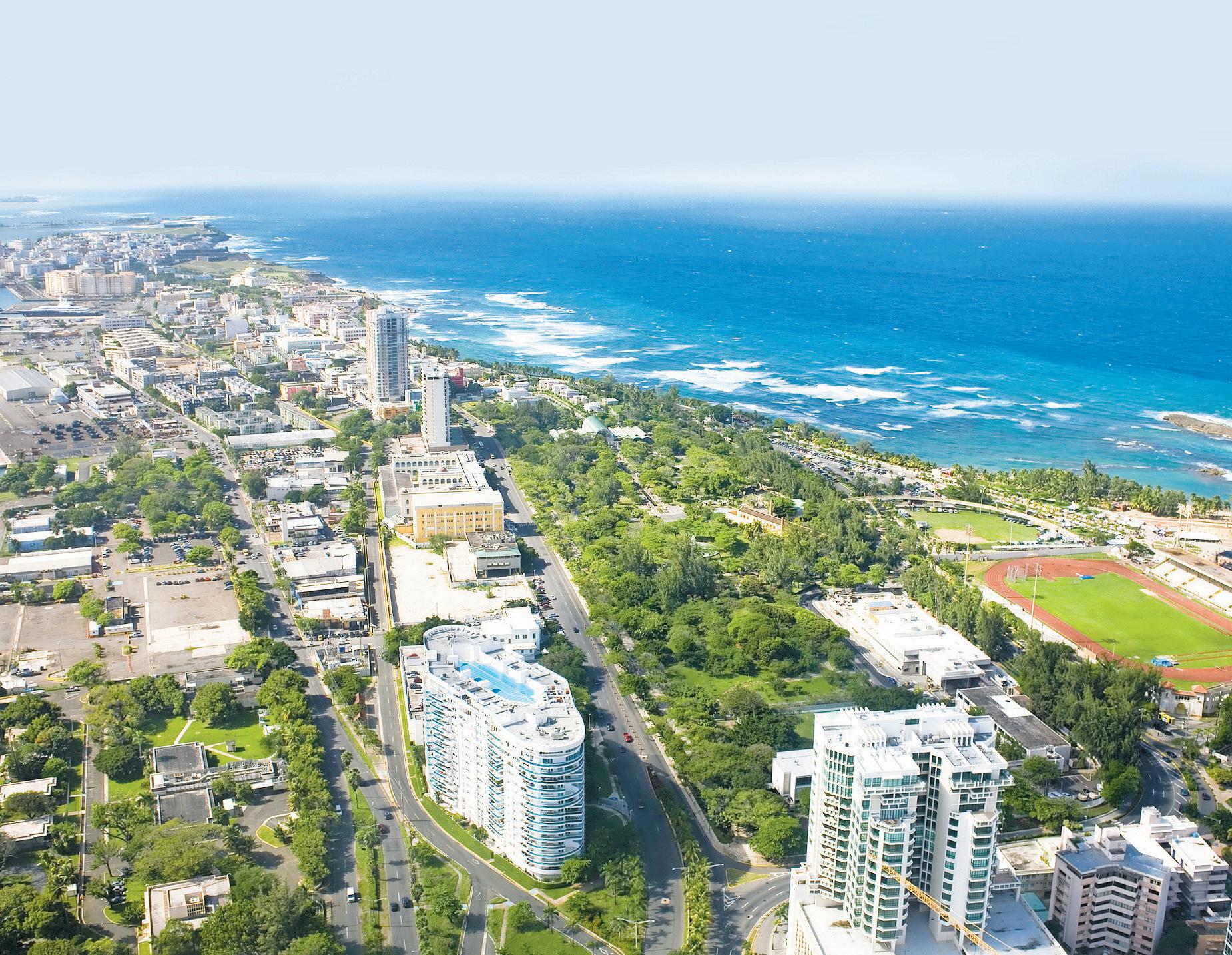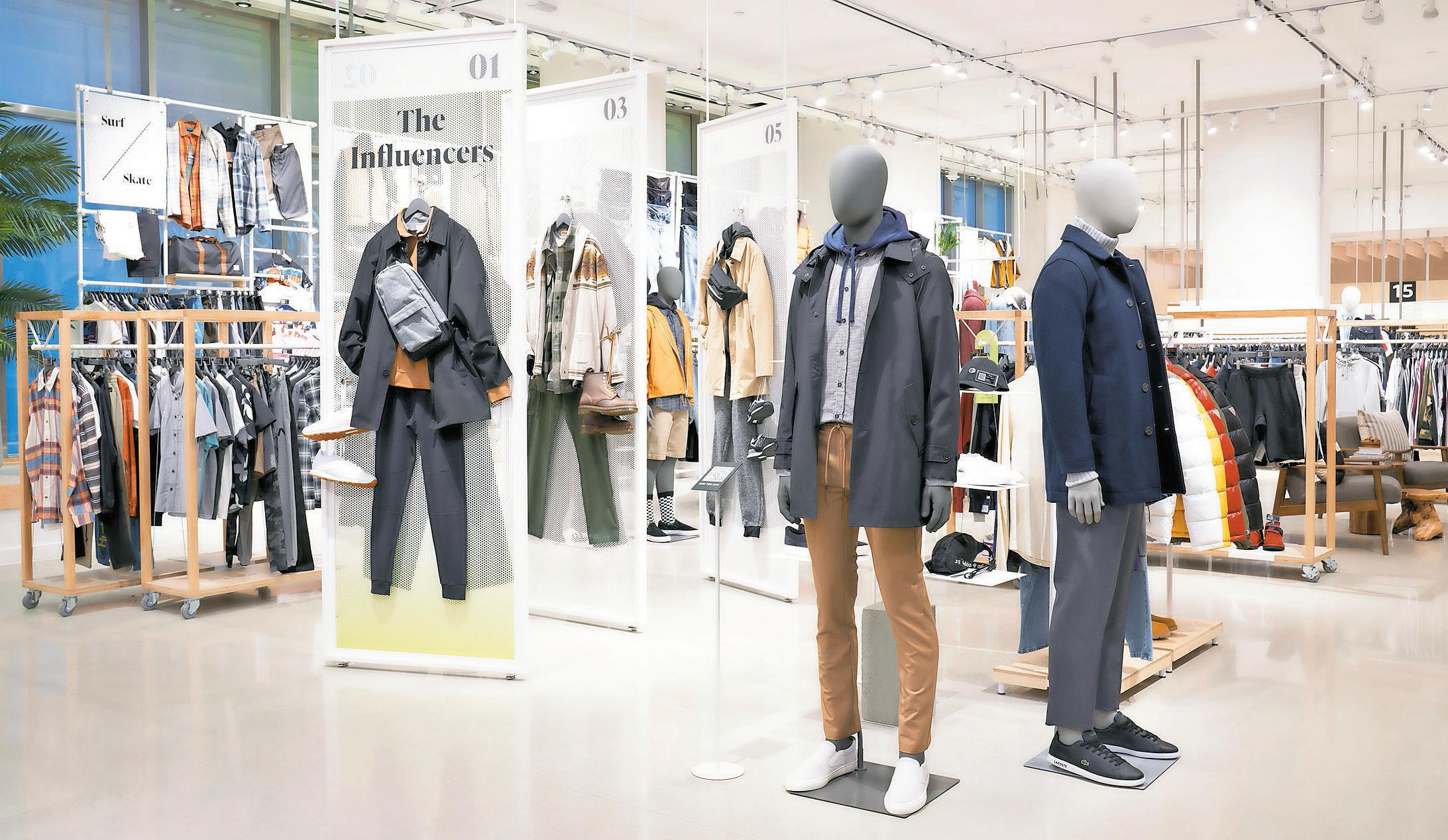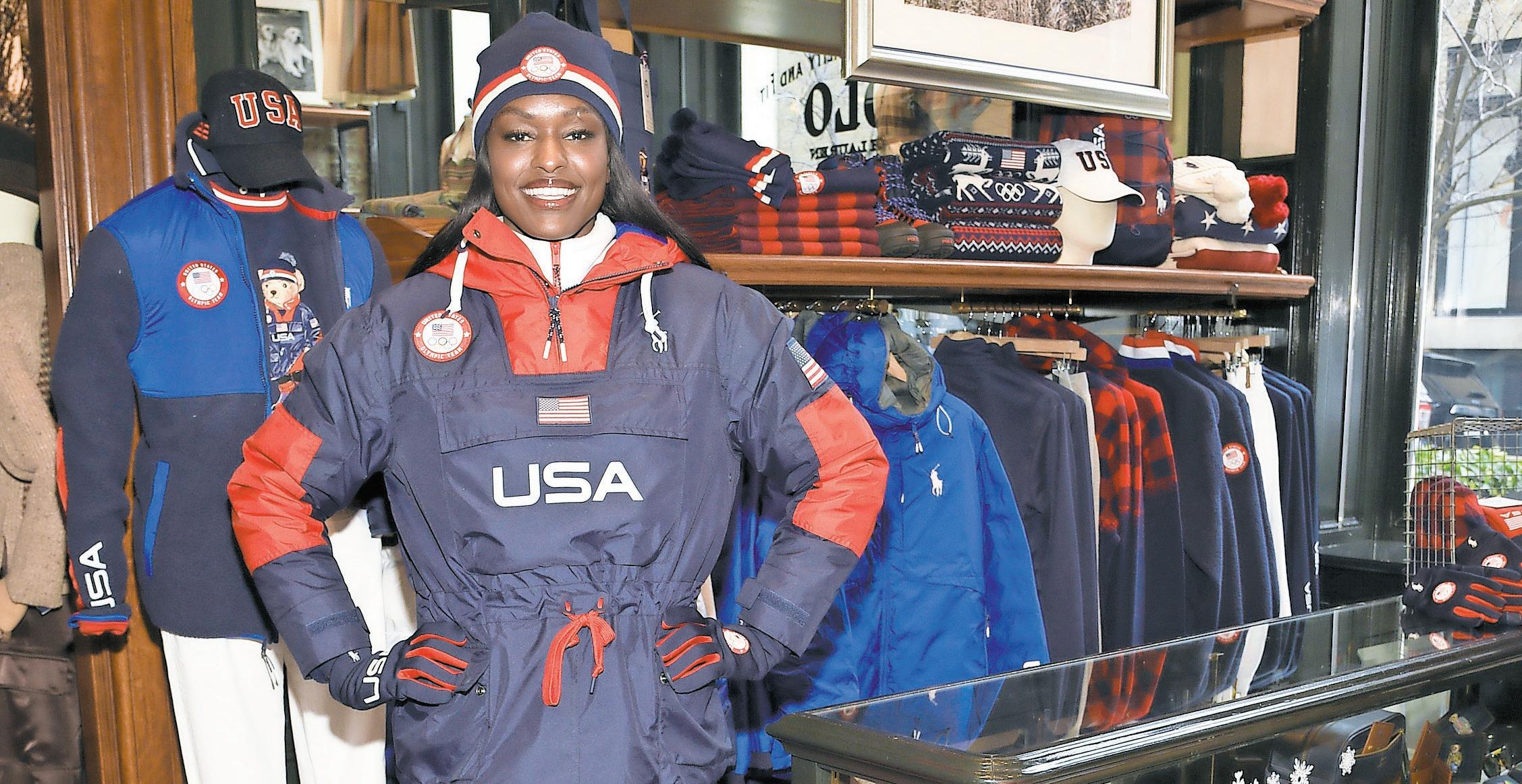
13 minute read
gM to open battery plants For eVs
GM to spend nearly $7B on EV, battery plants in Michigan
Operations will create up to 4,000 jobs
Advertisement
David Eggert and Tom Krisher, The Associated Press
General Motors is making the largest investment in company history in its home state of Michigan, announcing plans to spend nearly $7 billion to convert a factory to make electric pickup trucks and to build a new battery cell plant.
The moves, announced this week in the state capital of Lansing, will create up to 4,000 jobs and keep another 1,000 already employed at an underutilized assembly plant north of Detroit.
The automaker plans to spend up to $4 billion converting and expanding its Orion Township assembly factory to make electric pickups and $1.5 billion to $2.5 billion building a third U.S. battery cell plant with a joint-venture partner in Lansing.
GM CEO Mary Barra said the investment would make Michigan “the epicenter of the electric vehicle industry.”
The state’s economic development board approved earlier this week $824 million in incentives and assistance for Detroit-based GM. The package was unveiled and authorized by the Michigan Strategic Fund Board. It includes a $600 million grant to GM and Ultium Cells, the venture between the carmaker and LG Energy Solution, and a $158 million tax break for Ultium. The board also approved $66.1 million to help a local electric utility and township upgrade infrastructure at the battery factory site.
Bet On Electric Vehicles
Both factories are scheduled to start producing in about two years, as GM rolls the dice on whether Americans will be willing to convert from internal combustion engines to battery power.
The Orion plant will join GM’s “Factory Zero” facility in Detroit in building new electric Chevrolet Silverados and GMC Sierra pickups. When both plants are making trucks on three shifts, GM will have the ability to build 600,000 electric pickup trucks per year, Barra said.
Already the company is getting great interest in the trucks from consumers, she said, without giving any numbers of reservations.
The announcement is a critical win for Michigan, which lost out on Ford Motor Co.’s $11 billion investment in three battery plants and a new vehicle assembly plant that went to Kentucky and Tennessee.
GM President Mark Reuss said it made sense for GM to locate the battery factory near its large manufacturing footprint in Michigan. The company’s ability to quickly convert existing factories such as Orion to build solely electric vehicles is a competitive advantage over companies that need to costly build brand-new plants, he said. “We’re going to take advantage of that from an assembly plant standpoint, and then we’re going to put the new cell plants in the proximity to supply that footprint,” Reuss said.
GM says it will build four battery cell factories in North America. The Lansing announcement is its third, but Reuss said more may be needed as the transition to electric vehicles continues. The location of the fourth plant has not been announced.
“We’ve said four for now, but the adoption rate is rapid,” Reuss said. The other battery plants are being built in Lordstown, Ohio, and
In fact,
Spring Hill, Tennessee. The State of In Michigan, officials realized the critical nature Michigan approved of winning the GM investment after losing out on a $600 million grant Ford’s announcement last year. to GM. Gov. Gretchen Whitmer, a Democrat, said the GM announcement shows what can happen when elected officials from both sides of the aisle work together. “We showed everyone that we can compete with transformational projects,” she said. The announcements, which include another $510 million investment to maintain production at two other Lansing-area GM plants, will generate more than $35 billion in personal income during the next 20 years, Whitmer said. “The economic well-being of our state isn’t a partisan matter. High quality jobs don’t have party affiliations,” Republican Senate Majority Leader Mike Shirkey said.
Michigan’s economic development board approved incentives and assistance for General Motors Co. to put electric vehicle and battery plants in its home state, adding as many as 4,000 jobs. >AP Photo/David Zalubowski, File
– Mark Reuss President, GM
Manuel Laboy
Hurricane Maria: Puerto Rico’s path to reconstruction and resiliency
Iremember the day I was appointed Secretary of the Department of Economic Development & Commerce of Puerto Rico (DEDC). For me, this appointment represented the opportunity of a lifetime to contribute in a meaningful way to Puerto Rico’s social and economic development.
We began by facing the reality of having to govern with the existence of the then-recently appointed Fiscal Oversight and Management Board (FOMB), resulting in the Government of Puerto Rico officially filing for bankruptcy protection back in May 2017. On September 20, 2017, Hurricane María made landfall in Puerto
Rico, as the worst natural disaster that Puerto Rico has ever faced. Over the next year and a half we engaged in a process that began with the initial response to the disaster, moved on to the eventual stabilization of government operations, and then gravitated towards the beginning of the long-term recovery.
We did these things while simultaneously regaining credibility and investor confidence to attract foreign direct investment to Puerto Rico. We retained and expanded our base of existing multinational operations, brought back tourists, and aided in the recovery of our small and medium businesses. Then came what in Puerto Rico has come to be known as the ‘Summer of 2019’—a period of political and administrative chaos and uncertainty the likes of which has not been seen nor felt in a long time. Things eventually settled down and for the remainder of that year Puerto
Rico went back to work on its recovery. On January 7, 2020, a 6.4 magnitude earthquake struck the southwestern region of Puerto Rico in what is considered the worst seismic devastation that Puerto Rico has seen in the last century. Three months later, a state of emergency was declared due to the COVID-19 pandemic, and Puerto Rico went into lockdown mode. The remainder of 2020 was dedicated to dealing with the COVID-19 and its disastrous consequences to our economy and public health.
To say that Puerto Rico has been thrown a few curve balls over the past five years is a massive understatement. However, the DEDC made substantial contributions to Puerto Rico’s economic development. In 2019, prior to the COVID-19 pandemic, our GDP experienced positive growth, with sectors such as manufacturing, tourism, export services and agricultural industries posting the highest number of jobs since 2015. We created a new Incentives Code, Invest Puerto Rico, Discover Puerto Rico and the Single Business Portal, established a service center for small and medium businesses, programs to support innovative startups, and spearheaded the expansion of transfer

services at our international airports that was granted by the U.S. Department of Transportation. We also strengthened our Apprenticeship Program in support of Puerto Rico’s workforce development. In December 2020, my tenure as Secretary of DEDC came to an end, and a new chapter began when Governor Pierluisi appointed me as Executive Director of the Central Office of Recovery, Reconstruction and Resiliency of Puerto
Rico (COR3). Since January 2021, my main focus has been to accelerate reconstruction projects. So far, FEMA’s Public Assistance has approved 7,296 projects and $19.5 billion for permanent structures after Hurricane María. Hundreds of these projects have already been completed, and over 500 are currently under construction. We expect that in 2022 at least 2,000 projects, with a construction value of over $4,000 million, will be either in a bidding process or under construction, including the first projects to repair the electrical transmission and distribution system, as well as water and aqueducts, roads, schools and hospitals. As we finally move away from bankruptcy, the focus must be economic growth and sustainable development. COR3 is doing its part to ensure our infrastructure is modernized and becomes more resilient, a necessary foundation to achieve competitiveness. Our success with Puerto Rico’s reconstruction will not only benefit us; it will also strengthen the US, and it will leave a legacy to future generations.
What could be better than visiting Puerto Rico? Living here.
Puerto Rico has a new name in real estate.
1055 ASHFORD AVENUE | SAN JUAN, PR | 939.478.6028 | CORCORAN.COM/CORCORAN-PUERTO-RICO
Amazon heads to the mall with prototype clothing store
Anne D’Innocenzio The Associated Press
First, Amazon competed with malls. Now, it’s moving inside one.
The online retailing giant announced last week that it plans to open a clothing store in a Southern California mall later this year. It’s the latest foray into brickand-mortar for Amazon, which already sells more than 10% of all clothes in the U.S.
The store, which will sell women’s and men’s clothing as well as shoes and other accessories, will open at Americana at Brand, a mall in Glendale, California. The entry into malls could become another threat to traditional clothing sellers because of the data and shopper insights Amazon may gain, experts say.
New Approach
Amazon says its algorithms will spit out realtime recommendations as shoppers keep scanning items that they see. Shoppers can also fill out an online survey of their preferences for style and fit.
The store will be about 30,000 square feet, similar in size to a Kohl’s, but about one-third the size of other department stores like Macy’s. However, it will offer more than double the number of styles as traditional stores do because only one of each piece of clothing will be on display, with the rest in the back room. Items are chosen by Amazon curators who also use feedback provided by millions of customers shopping on Amazon.com.
Simoina Vasen, managing director of Amazon Style, declined to comment on rollout plans of the new store concept or sales projections. Amazon didn’t give a precise date for the opening of the Glendale store.

Amazon is set to open its first-ever physical clothing store later this year at the Americana at Brand mall in Glendale, California. >Greg Montijo/Amazon via AP more people began shopping online.
According to Wells Fargo, Amazon’s clothing and footwear sales in the U.S. increased by about 15% in 2020 to more than $41 billion. That’s about 20% to 25% above Walmart and 11% to 12% share of all clothing sold in the U.S.
Amazon has been making a big push into fashion in recent years through its own labels and in September 2020, it launched an online shop called Luxury Stores. Shoppers at the Amazon Style store can browse items on display and scan a QR code to see sizes, colors and customer ratings. Shoppers can send items to fitting rooms or directly to the store’s counter. Once in a fitting room, customers can request other items using a touchscreen. “Amazon Style completely reimagines what’s possible in the fitting room, turning it into a personalized space where customers can continue to shop a seemingly endless closet of great styles,” Vasen wrote in an Amazon blog.
Neil Saunders, managing director of GlobalData Retail, said the prototype store could deepen Amazon’s influence in the sector, especially among clothing shoppers who love the experience of
In fact,
According to Wells Fargo, Amazon’s clothing and footwear sales in the U.S. increased by about 15% in 2020 to more exploring and browsing physical stores. And it than $41 billion. could empower Amazon with more shopping data. But he also cautioned that Amazon’s success depends on execution. “Traditionally, it is not all that good at creating a great in-store experience,” said Saunders. “It tends to be very solid at technology and operations but can fall short on spirit and soul — both of which are particularly important in fashion where consumers love inspiration, curation, and personal services.”
-Simoina Vasen Managing director, Amazon Style

Bobsledder Aja Evans models the Team USA Beijing Winter Olympics opening ceremony uniforms designed by Ralph Lauren. >Photo by Evan Agostini/Invision/AP
Ralph Lauren unveils Team USA’s opening Winter Olympic uniforms
The garments include new warming technology
Leanne Italie, The Associated Press
Team USA’s opening ceremony uniforms for the Beijing Winter Olympics include some sneaky new warming technology, along with a handy front pouch and a cinch waist on anoraks in navy and white. The jackets by official outfitter Ralph Lauren include a smart, honeycomb-like fabric layer built-in that expands or contracts in response to temperature changes — all without the use of a battery or wired technology.
The assist by a company called Skyscrape follows battery-powered cooling and heating tech the company used for some previous looks for the Tokyo Summer Olympics and the Pyeongchang Winter Games.
Bobsledder Aja Evans, a bronze medalist at Sochi and an alternate this time around, was pleased with the new gear that she modeled for media at the Polo Ralph Lauren store in Soho downtown.
“This is my favorite look,” said the threetime Olympian, who didn’t medal at the 2018 Pyeongchang Games. “It feels good and can go from indoor to outdoor.”
I know that, you know, with the COVID restrictions, there won’t be as much interacting and mingling or even going to other events. That’s going to be a bit disappointing and unfortunate. But the fact that the Olympic Games are going on is a blessing.
Parading In Style
Female athletes will parade Feb. 4 at the start of the games in China wearing red boots and red fleece pants with predominantly navy jackets. The men’s looks are mostly white. Both will be wearing navy knit beanies, and both get the large bonus pouch on the front of their jackets to go with roomy side pockets and graphic touches on sleeves. Ralph Lauren went with navy for their gloves, and all athletes will be provided with masks to help guard against COVID-19. Team USA’s paralympians will receive the same gear. The uniforms were made in the U.S. The team’s closing ceremony looks in a buffalo plaid design were unveiled in October.
Different Feeling
Evans, who competes in two-person bobsled, wasn’t particularly nervous about soon heading to China while the Omicron variant still poses challenges. The host country has severely restricted spectators and taken other precautions.
“We test every other day within the sport of bobsled and when we get to Beijing, we’ll be testing every single day,” she said. The 33-year-old Evans said she’ll miss the camaraderie of Olympic Village life, exchanging Olympic pins, meeting fellow athletes from all over the world and attending events in other sports. “This Olympic Village life will be a lot different than my previous Olympic Games. I know that, you know, with the COVID restrictions, there won’t be as much interacting and mingling or even going to other events. That’s going
In fact, to be a bit disappointing and unfortunate. But the fact that the Olympic Games are going on is a blessing,” she said. The jackets that the U.S. will wear include a smart, honeycomblike fabric layer builtin that expands or contracts in response to temperature changes. Evans, from the south side of Chicago, grew up in track and field with Olympic hopes. At the urging of a college coach, she switched to bobsled after graduation. Though she lives in Atlanta, she returns to Chicago often to encourage other kids like her to reach for their dreams. Vonetta Flowers is another reason Evans turned to bobsled. At the 2002 Winter Olympics, Flowers and driver Jill Bakken won the gold medal in the two-woman event. Flowers became the first African American woman to win a gold medal in the Winter Olympics. “My journey through sports has shown me that my purpose is to help continue to inspire young women and children,” said Evans, who is one of many African American athletes now in the sport. “I go back home and talk to the kids where I sat in those same seats in the Chicago public school system, and to see someone like myself who looks exactly like them have an Olympic medal in a Winter Olympic sport just shows you that it’s possible.”




